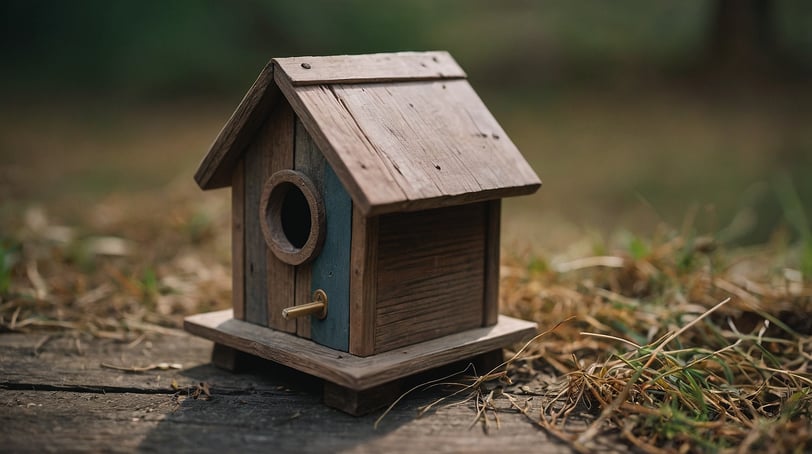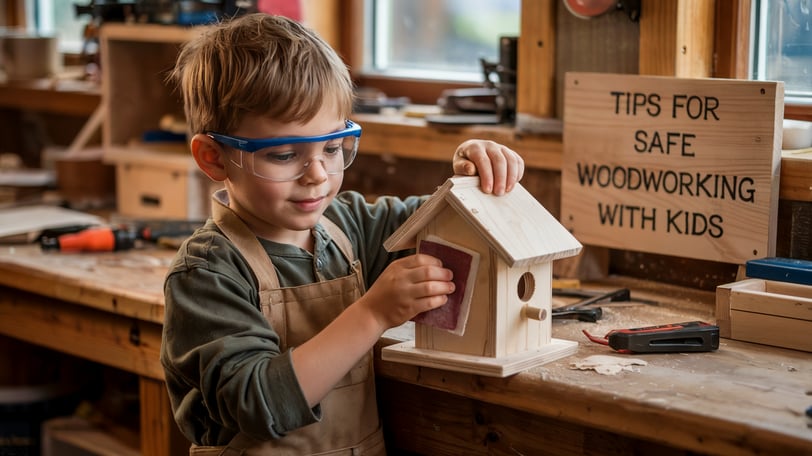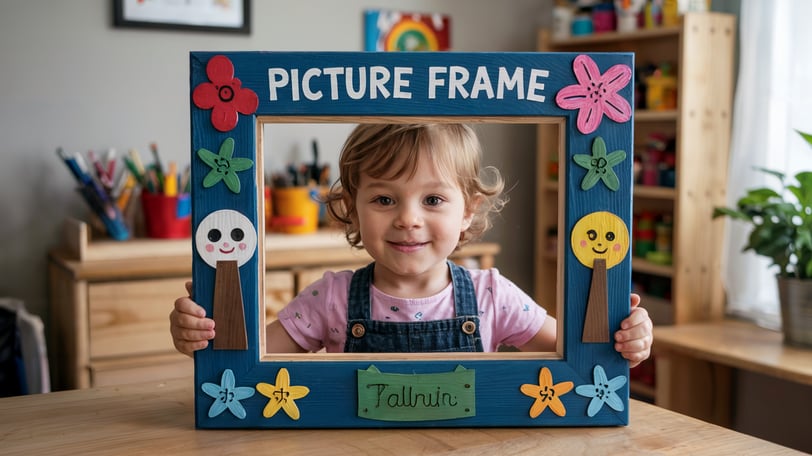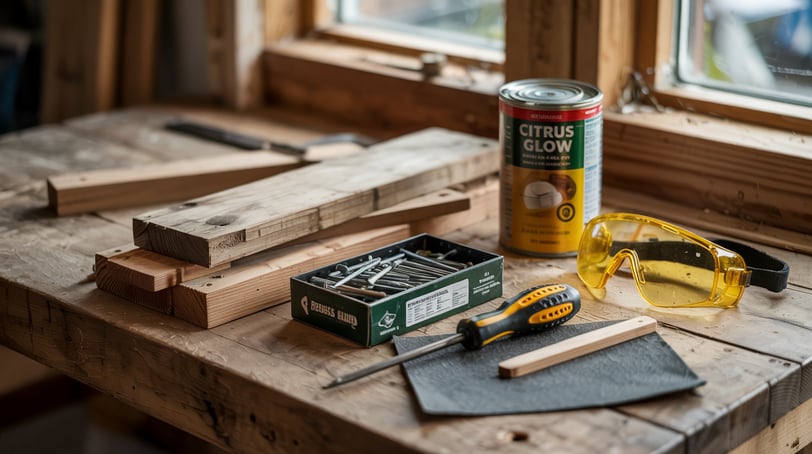Woodworking for Kids: Safe and Fun Projects
Introduce your children to woodworking with safe, fun projects. This guide offers tips for starting and ensuring safety.


Woodworking can be an awesome hobby for kids—it sparks creativity, builds problem-solving skills, and gives them a real sense of accomplishment. Getting them started with safe, fun projects is a great way to keep them engaged and learning something new. Whether it's a simple birdhouse or a wooden toy, these hands-on experiences help kids feel proud of what they’ve made. In this guide, you’ll find everything you need to know to introduce your child to woodworking, from safety tips to beginner-friendly project ideas and all the benefits that come with it.
Why Woodworking is Great for Kids
Boosts Creativity Woodworking allows kids to express their creativity by designing and building their own projects. They learn to think outside the box and come up with unique ideas, enhancing their creative skills.
Enhances Problem-Solving Skills As kids work on their projects, they encounter challenges that require problem-solving. This process helps them develop critical thinking skills and learn to find solutions independently.
Promotes Patience and Focus Completing a woodworking project requires patience and attention to detail. Kids learn to follow steps and stay focused, which can help improve their concentration in other areas of life.
Builds Confidence Successfully finishing a project gives kids a sense of achievement and boosts their confidence. They learn that they can create something tangible with their own hands.


Safety First: Tips for Safe Woodworking with Kids
Supervision is Key Always supervise children when they are working with tools. This ensures they use the tools correctly and safely.
Use Age-Appropriate Tools Provide kids with tools that are suitable for their age and skill level. For younger children, opt for plastic or wooden tools that mimic real ones. Older kids can use real tools under supervision.
Teach Safety Rules Educate kids about the importance of safety in woodworking. Teach them to always wear safety goggles, keep their workspace clean, and never use tools without adult supervision.
Start with Simple Projects Begin with easy projects that don’t require complex tools or techniques. This helps kids build their skills gradually without getting frustrated.
Create a Safe Workspace Set up a designated area for woodworking with adequate lighting and ventilation. Make sure the workspace is organized and free of clutter.


Fun and Safe Woodworking Projects for Kids
Birdhouse Building a birdhouse is a classic woodworking project that kids love. It’s simple enough for beginners and provides a great opportunity to learn basic woodworking skills.
Toolbox A small wooden toolbox is a practical project that kids can use to store their tools. It’s also a fun way to introduce them to different types of joints and fasteners.
Picture Frame Creating a picture frame is a straightforward project that allows kids to practice measuring, cutting, and assembling pieces of wood. They can also personalize the frame with paint or decorations.
Wooden Toys Wooden toys like cars, animals, or puzzles are perfect for young woodworkers. These projects are simple to make and can be customized with different shapes and colors.
Bookshelf A small bookshelf is a useful project that teaches kids how to create something functional. It’s a bit more advanced but still manageable with some adult guidance.
Key Holder A wooden key holder is a great project for kids to practice using basic hand tools. They can decorate it with paint or woodburning to make it unique.


Step-by-Step Guide: Building a Birdhouse
Here’s a step-by-step guide to building a simple birdhouse, an ideal project for beginners.
Materials Needed:
Wooden boards
Nails or screws
Hammer or screwdriver
Sandpaper
Paint or wood finish
Safety goggles
Instructions:
Measure and Cut the Wood Measure and cut the wooden boards into the following pieces: one back panel, one front panel (with a hole for the entrance), two side panels, one bottom panel, and one roof panel.
Sand the Edges Sand the edges of each piece to remove any splinters and smooth the surfaces.
Assemble the Birdhouse Start by attaching the sides to the back panel using nails or screws. Then, attach the bottom panel, followed by the front panel. Finally, attach the roof panel.
Decorate Let the kids decorate the birdhouse with paint or wood finish. They can get creative with colors and designs.
Mount the Birdhouse Once the birdhouse is dry, find a suitable spot to mount it outside. Ensure it’s securely fastened and at a safe height from the ground.
Benefits of Woodworking for Kids
Hands-On Learning Woodworking provides a hands-on learning experience that complements academic education. Kids learn practical skills that can be applied in real life.
Encourages Teamwork Working on projects together fosters teamwork and communication skills. Kids learn to share ideas, help each other, and work towards a common goal.
Improves Motor Skills Using tools and manipulating wood pieces enhances fine motor skills and hand-eye coordination.
Fosters a Love for Craftsmanship Introducing kids to woodworking at a young age can ignite a lifelong passion for craftsmanship. They learn to appreciate the value of handmade items and the effort that goes into creating them.
Reduces Screen Time Woodworking provides a productive and engaging alternative to screen time. It encourages kids to spend time away from electronic devices and engage in a meaningful activity.
Woodworking can be an incredibly fun and rewarding hobby for kids. It’s more than just keeping them busy—it’s a hands-on way to teach real-life skills, spark creativity, and give them a big confidence boost. Starting with simple, safe projects is key, and from there, you’ll be amazed at how much they can learn and grow. With each cut, sand, and build, they’ll not only make something cool—they’ll feel proud of what they’ve accomplished.
